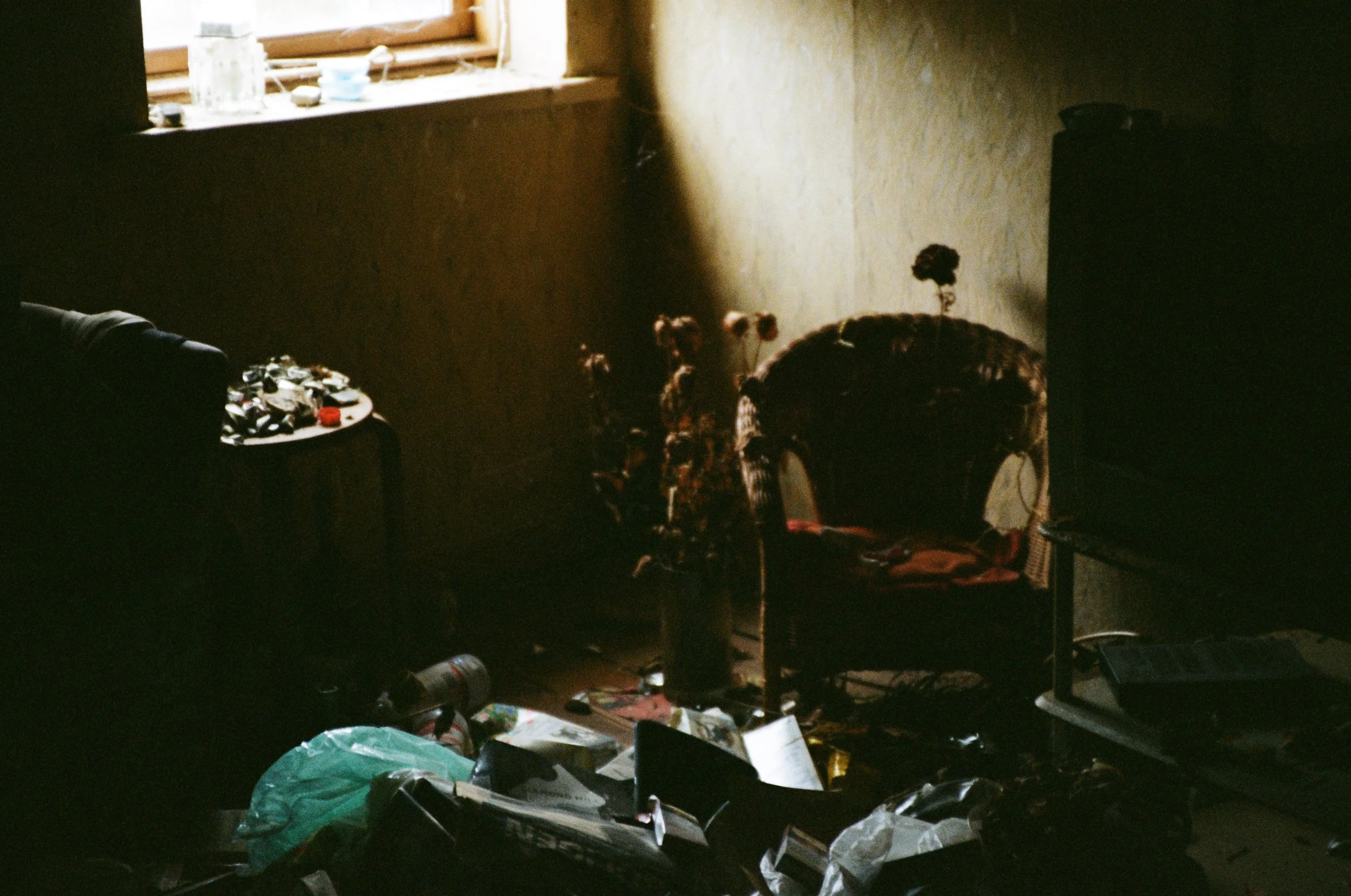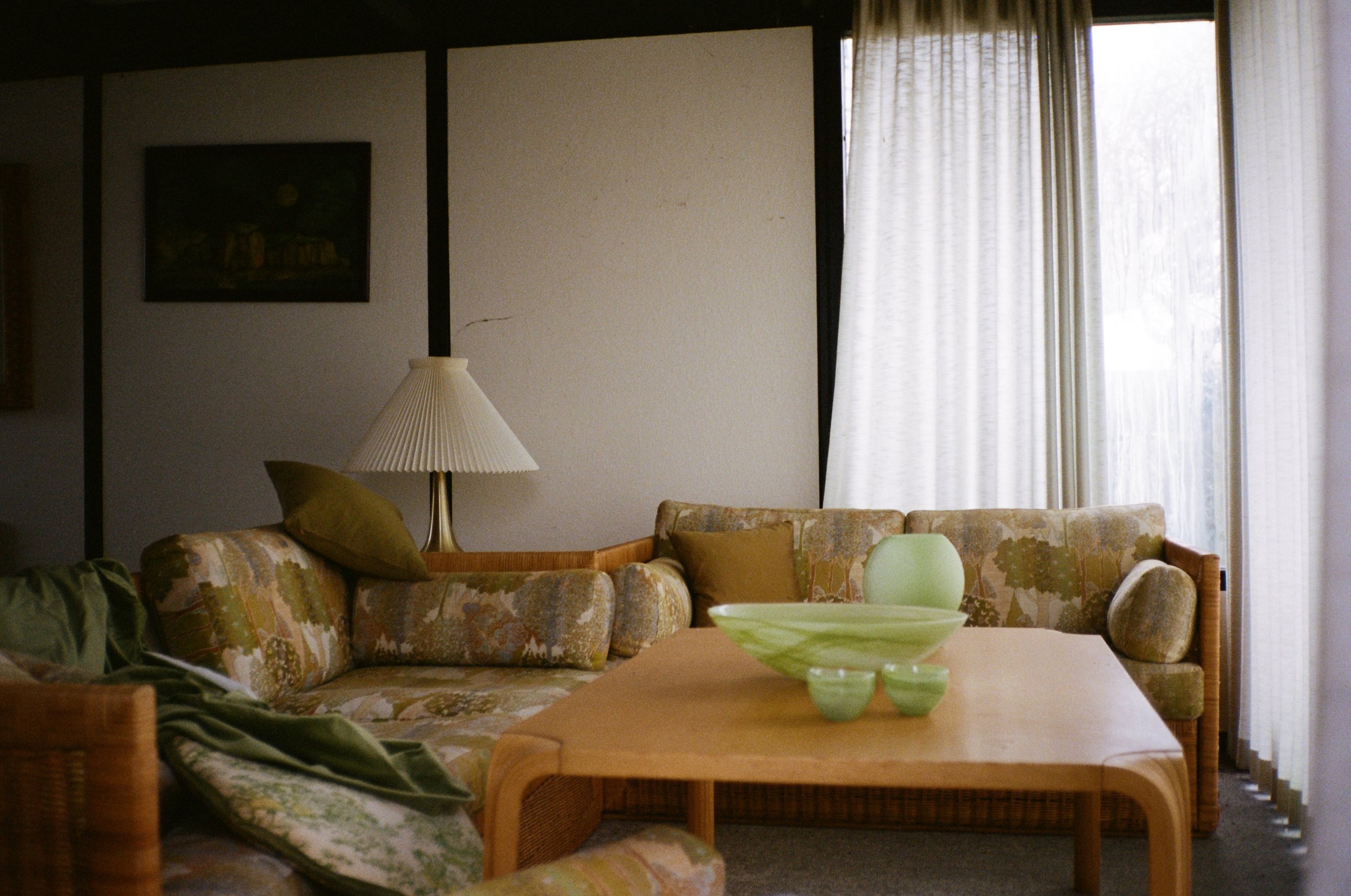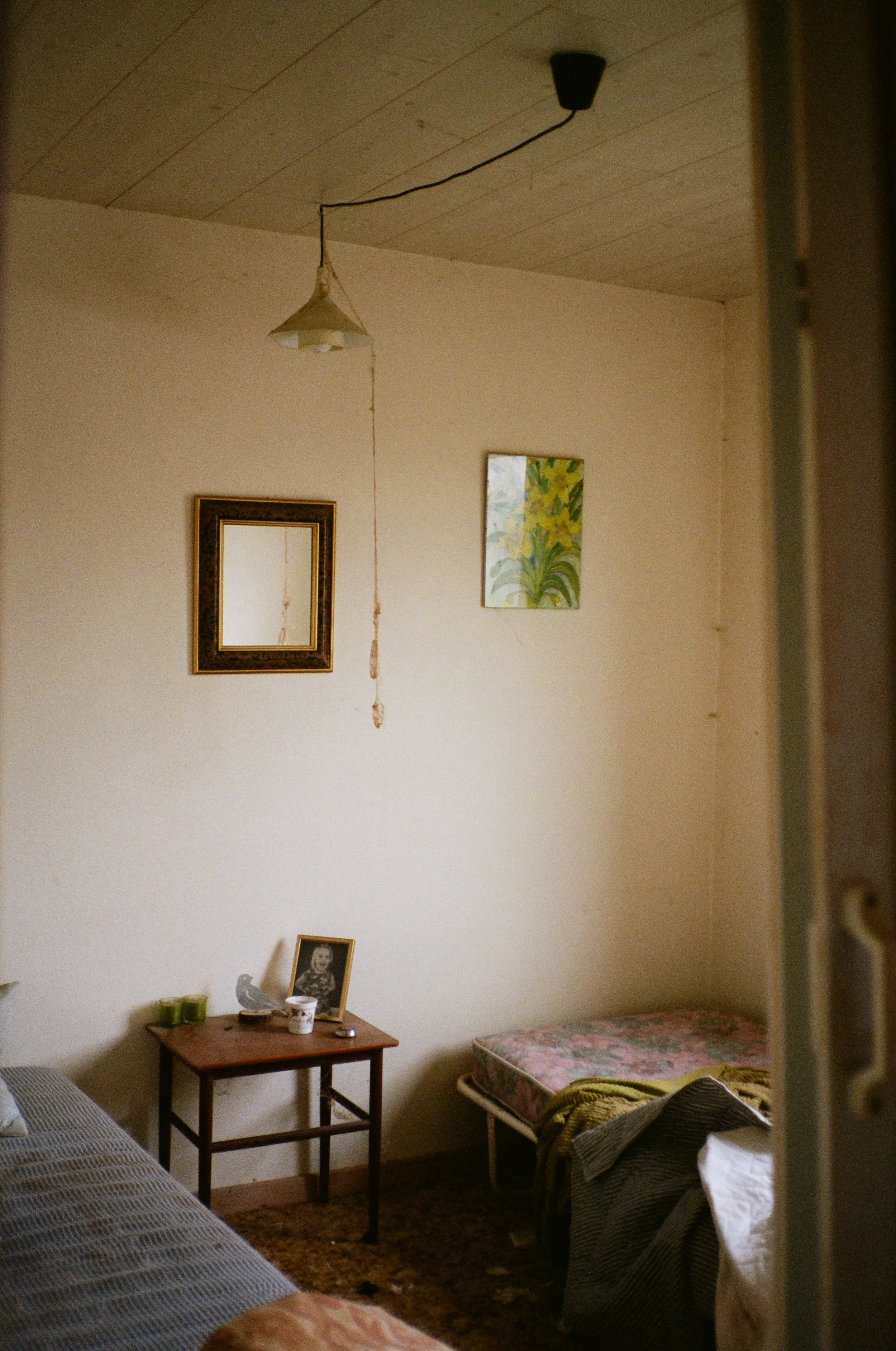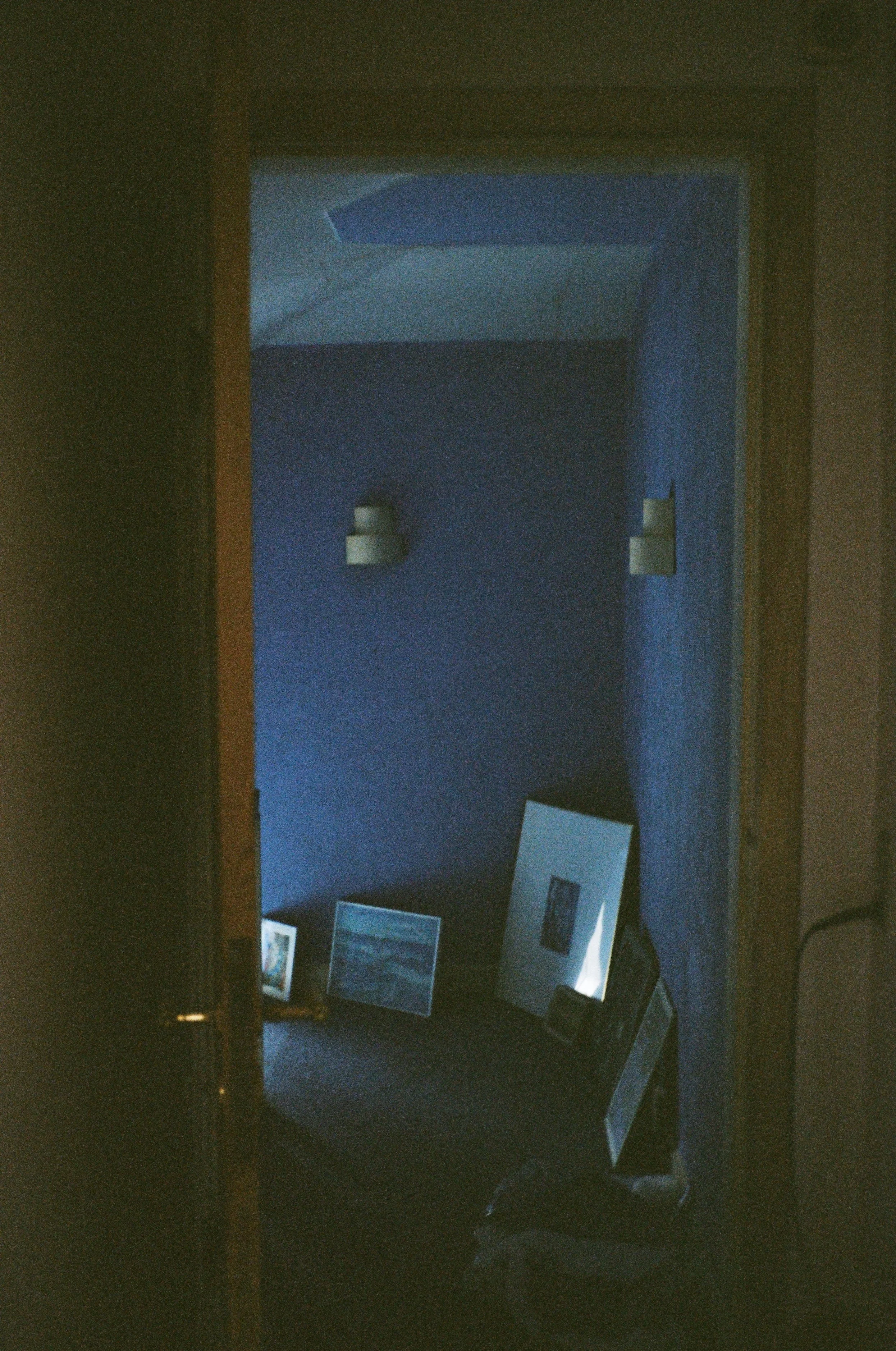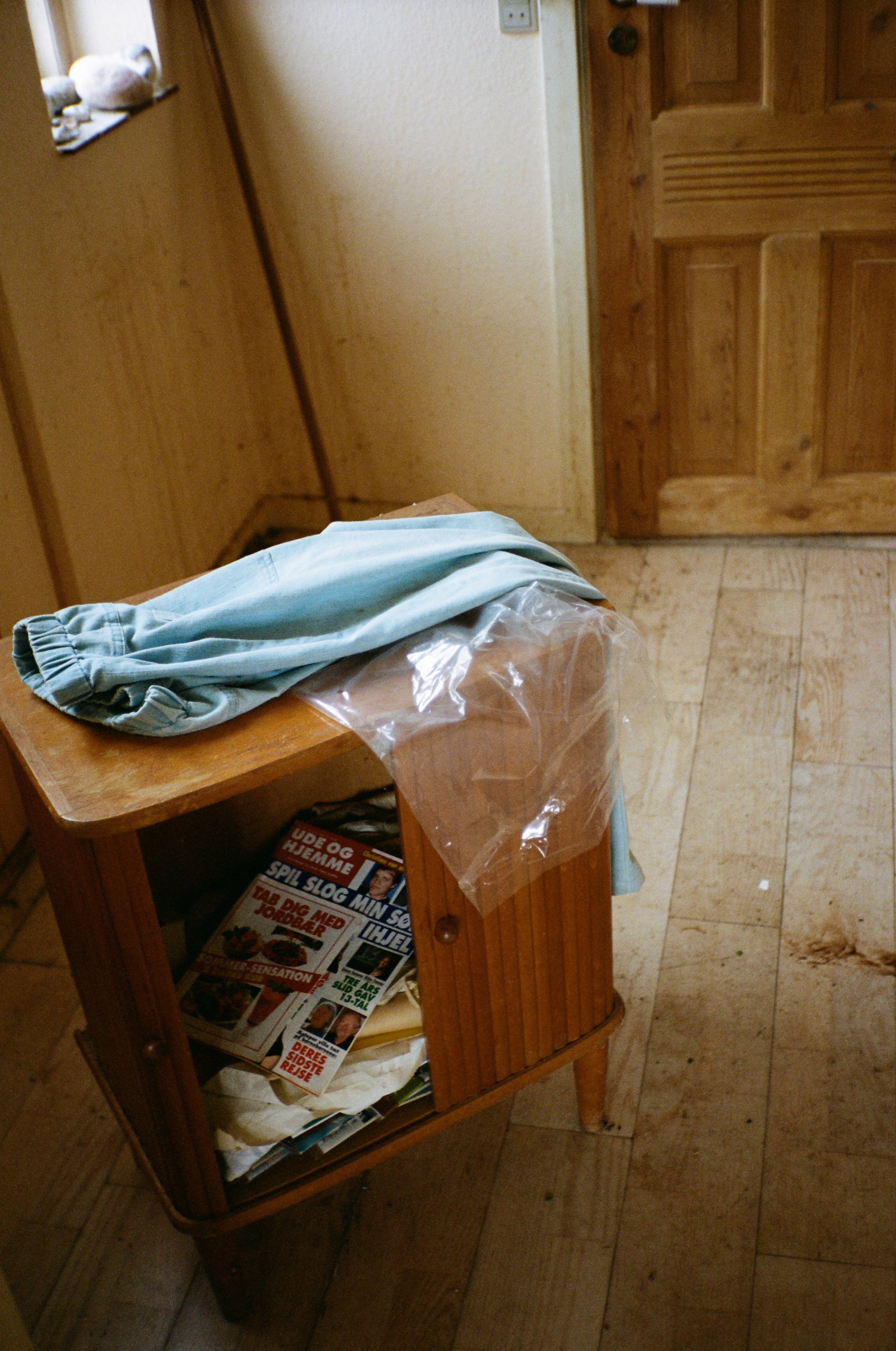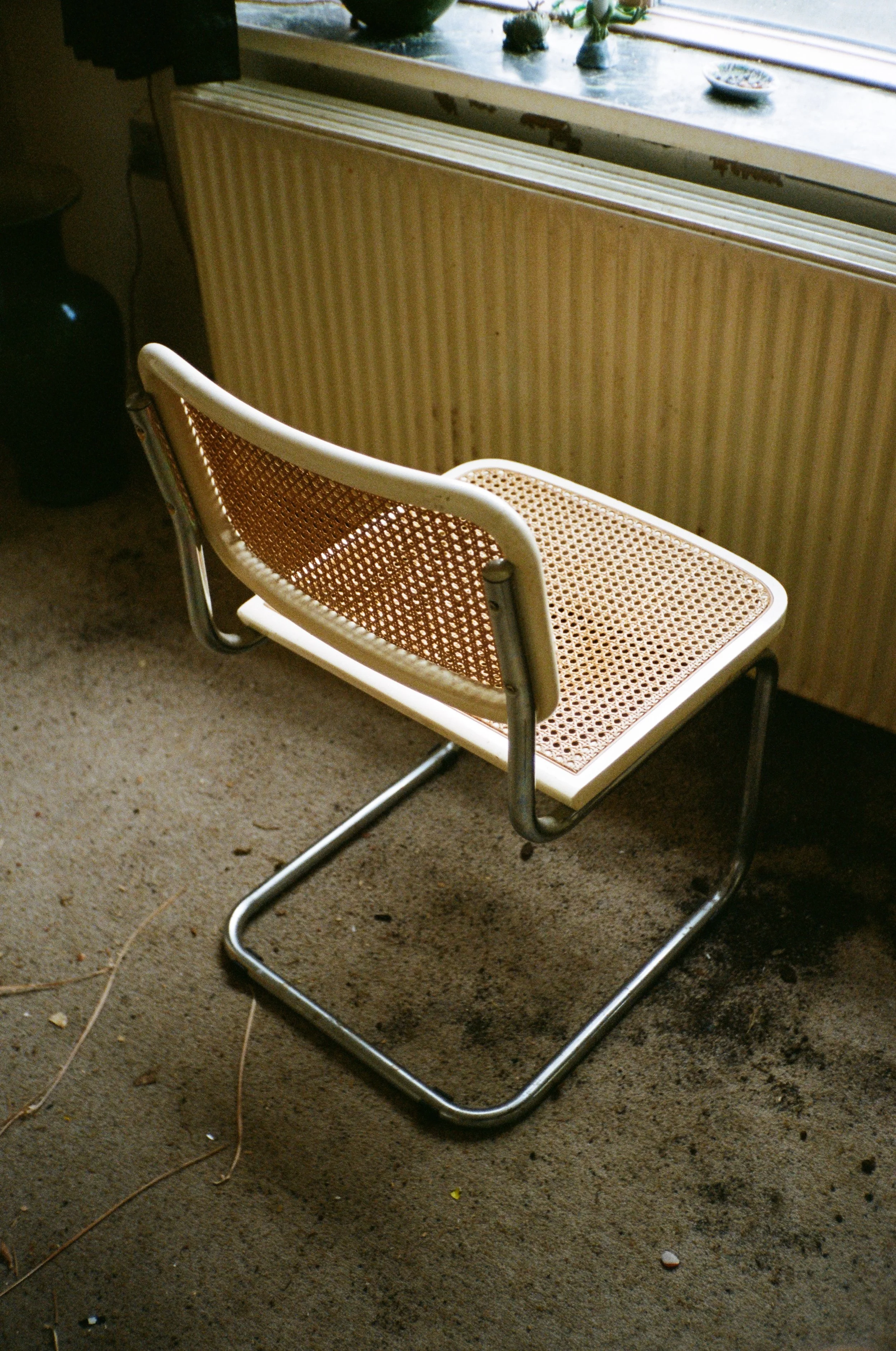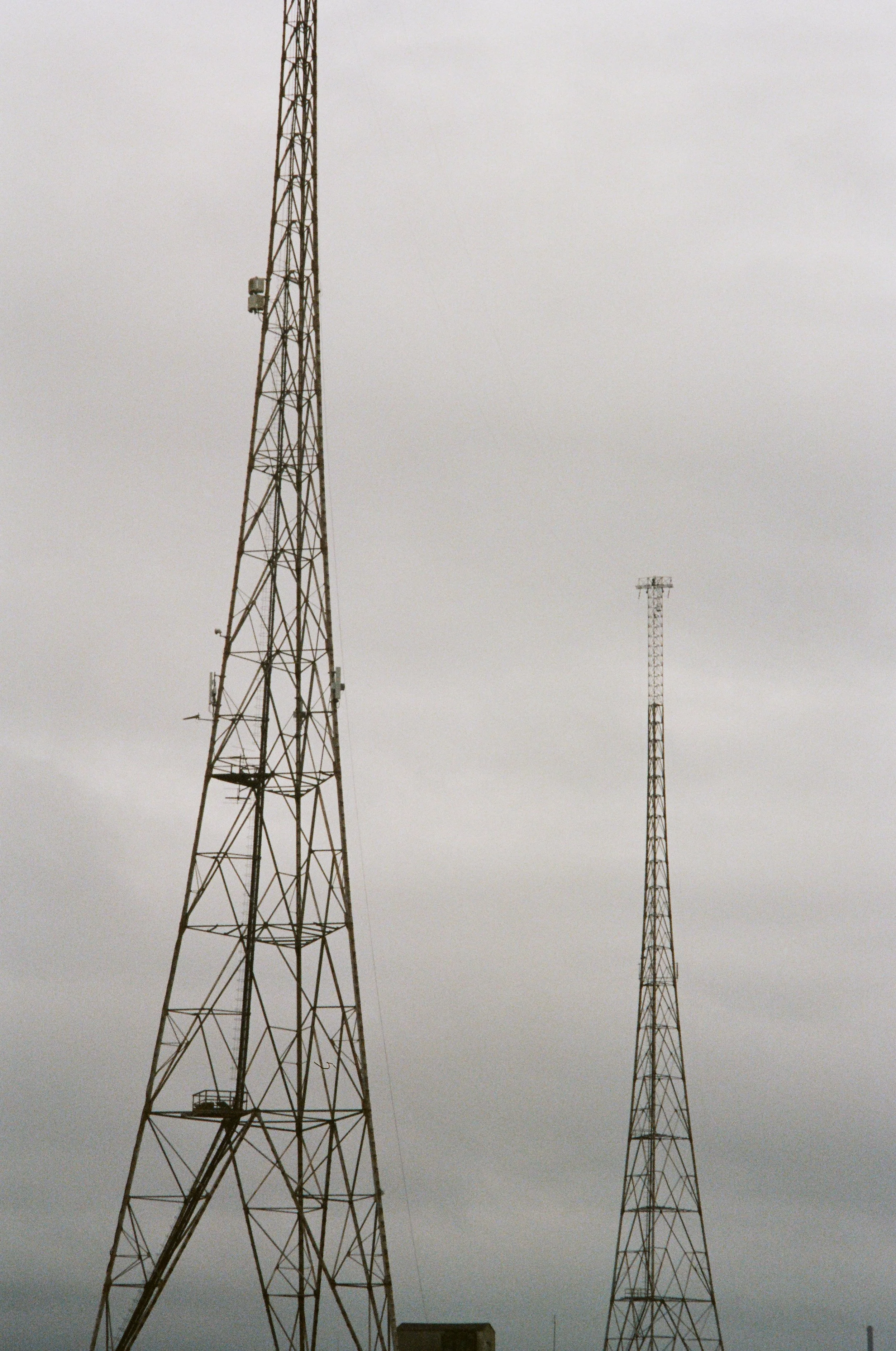KALUNDBORG 4400
“After death, time and chronology will be lost in a sphere of symbols.”
from El Hacedor (Dreamtigers), J. L. Borges
There exists a tone of demarcation, a spirit underserved by the limit of time. In the photographic archive of Lebanese-Danish architect Paolo Barkett, a domestic space is rendered permissible; disassociated from a fixed state, an interior digresses toward a mirage with the known absence of a protagonist. Seals of authorship are soaked in deep, saturated abandon. The light of Nordic starkness surrenders to the image of a woman’s chambers at the moment of perceived regression.
⸻
(Words & Images)
Paolo Barkett
In Learning from Las Vegas, Venturi, Scott Brown, and Izenour locate the architectural consciousness of a culture not in form but in symbol, arguing that the roadside vernacular embodies a system of signs powerful enough to eclipse the buildings themselves. The “decorated shed” becomes an operative truth: a structure rendered secondary to the image it projects. The Strip’s casinos, motels, and billboards collaborate in a choreographed semiotic field where meaning is broadcast before it is built, and architecture becomes, above all, a communicative device.
This mechanism of symbolism—its exaggerations, its bluntness, its strangely honest superficiality—extends beyond the desert. The two-dimensionality that Learning from Las Vegas elevates to critical discourse has seeped into the collective visual subconscious, shaping how new generations interpret space: not as volume, but as sign; not as depth, but as surface charged with cultural intention. The viewer is manipulated not by architecture’s mass, but by its image.
In Denmark, the existence of the domestic acts in a similar manner. With the “golden age” of furniture design emerging in the mid-century, an influx of pieces entered the domestic market throughout the latter half of the 1900s. Due to skillful craftsmanship and the stoic resilience of their construction, many of these objects remain in the homes of the elder Danish population.
Here, too, symbols endure. The youth, raised within a media ecology of perpetual imagery, encounter these interiors not merely as functional spaces but as semiotic relics—distilled icons of Danishness, flattened into the emotional shorthand of design heritage. Much like the signage-laden roadside environments of Las Vegas, the Danish domestic takes on a false depth: a curated index of symbols that precedes lived experience.
KALUNDBORG 4400 exists within this realm. Its state is in flux. Much like the symbolic landscape of the Strip, the town is surrounded by flat empty landscapes and a refined set of symbols. The quiet suspension of activity in these semi-urban sprawls invites a similar symbolic reading: forms dissolve into signs, functions into impressions.
And it is precisely here that the mechanism described earlier returns with force—the viewer is manipulated not by architecture’s mass, but by its image. The photographs of Kalundborg do not operate through spatial complexity or tectonic presence; instead, they unfold as signs detached from their own material certainty. They speak in the same visual language that Venturi and Scott Brown identified along the Strip: a world where surface precedes structure, where meaning arrives before matter.
In this way, the images draw interest through their symbolic condition. They suspend chronology and flatten depth, offering a field of signs in which the boundary between the real and its representation becomes quietly, insistently porous.

